Visionary mountain man Sigfried Ellmauer is working to make sure it can, by spearheading Alm restoration projects high in the Austrian Alps.
By Bob Berwyn
A lone bull stands sentry on a bluff near the Grossglockner, Austria’s highest peak. (Photos: Bob Berwyn)
The story of global warming is most often told as an unfolding disaster, but humanity’s response offers a unique chance at planetary redemption. We are morally obligated to act on existing scientific evidence, to act as though our lives depend on it — because they do.
Visionary Austrian mountain man Sigfried Ellmauer has been busy building a better world for the past 15 years or so. Wiry and intense, he welcomes us to Berghof Thurnergut, his mountain farm and lodge near Spital am Pyhrn, in the limestone Alps near the geographical center of Austria. Just as the Alps sustained stone age migrants like the famed Ötzi iceman, Ellmauer says, the region could become a future oasis from global warming.
But that has to work economically, and that means honestly valuing the goods and services produced on the seasonal alpine pastures — called Alms — Ellmauer says, outlining a pragmatic vision for renewal that’s based on common-sense wisdom and grassroots involvement. In the past 12 years, he’s led more than 10 projects to revitalize abandoned high-elevation Alms. First he identifies potential caretakers, like the Pöchacker couple at the Herrenalm, and organizes volunteer work parties to refurbish buildings and prep pastures by removing brush and setting up fence lines.
“It’s important to keep these Alms alive because they can provide local food,” he says. “But it’s not going to be easy. There are many forces pushing against the survival of small farms.”
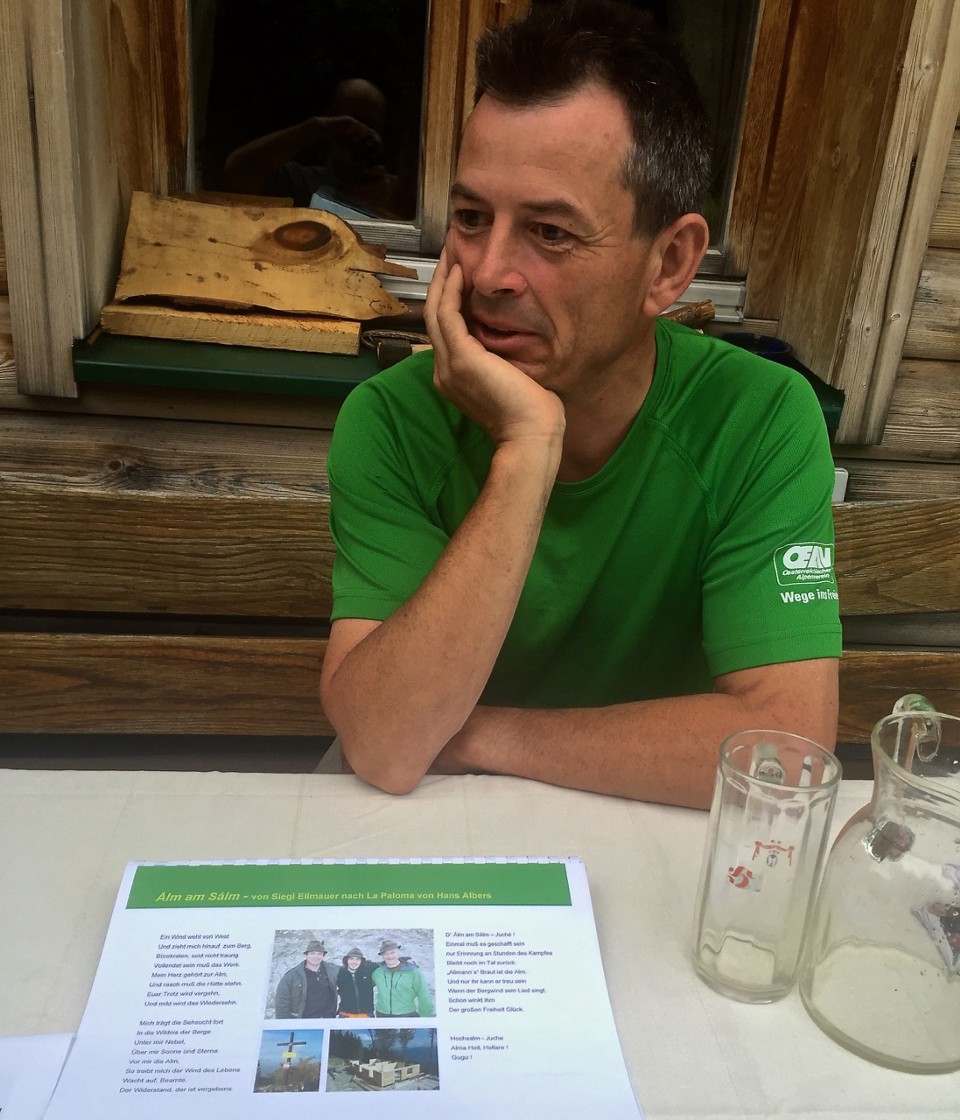
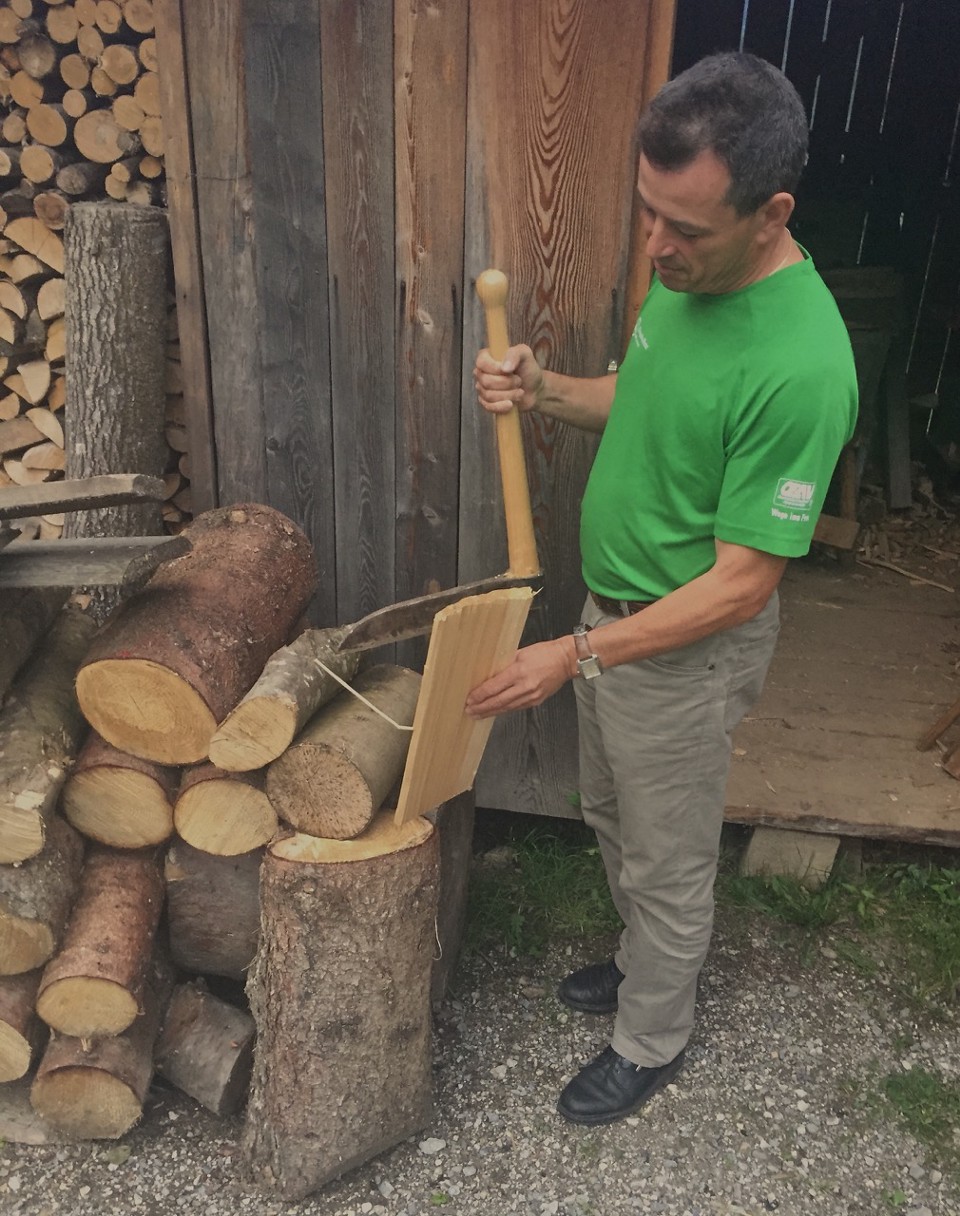
Siegfried Ellmauer is a passionate doer when it comes to sustainable mountain agriculture. Along with fostering revivals of mountain pastures, he specializes in keeping traditional construction methods, using local wood, alive, including splitting cedar shingles.
As he shows us how he uses local materials and time-proven traditional construction techniques to build a tree house for a planned outdoor camp, he says, “People will ultimately not value the protection of nature unless they spend some time living in a way that makes them realize they are connected to nature, and part of nature.”
But he also understands the political and economic realities of agricultural policy in Austria. For more than a decade, Ellmauer was the official Alm administrator in the agriculture department of Upper Austria, responsible for ensuring the sustainability of hundreds of Alms scattered across the mountains between Linz and Salzburg, as required under Austrian law.
But that doesn’t mean that the government always puts its mouth where its money is.
“The politicians are always willing to come and make a speech when the cows come home to the valley, bells ringing and covered in flowers. But when it comes to voting for agriculture policies, the same ones often support industrial-scale food production and benefits for producers that export,” he says. “That’s not going to help sustain local food production.”
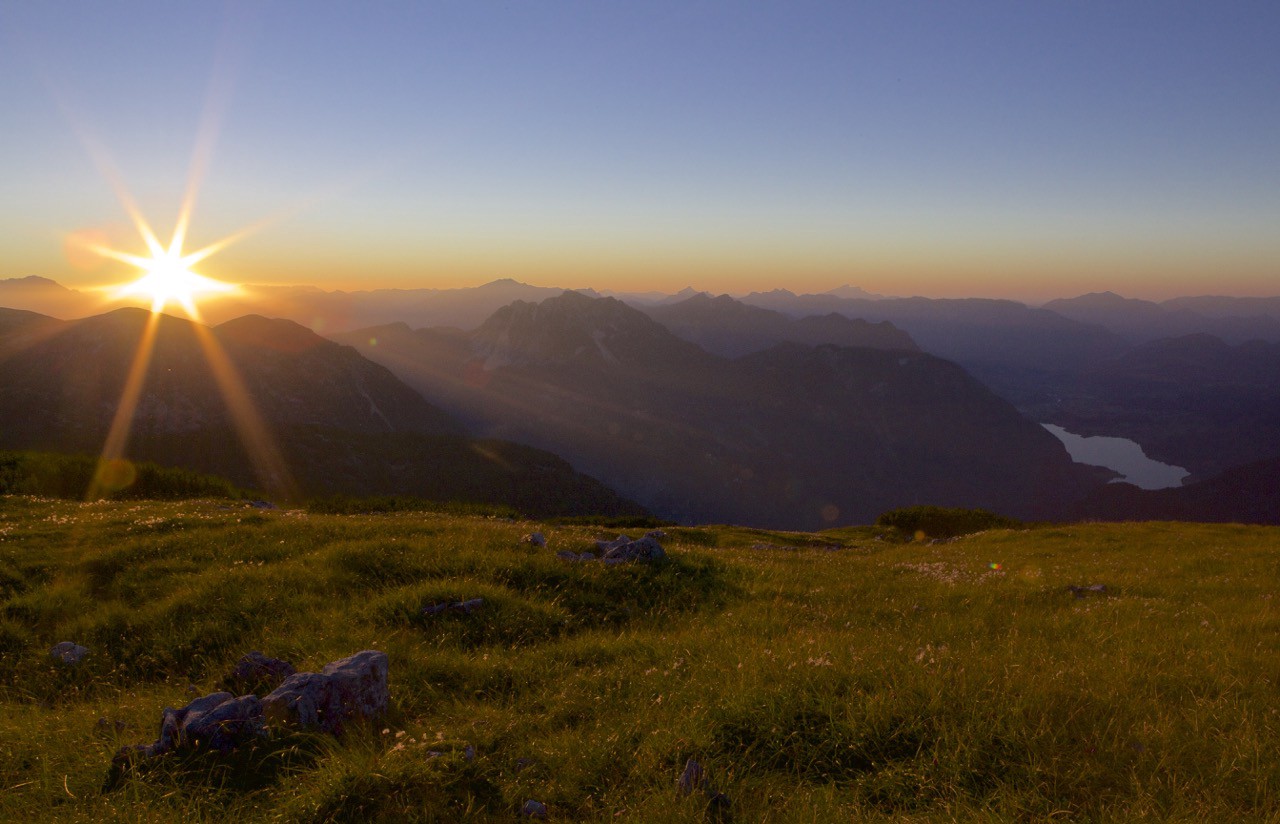
Meadows above treeline like here on the Krippenstein near Salzburg are only lightly grazed for short stretches of time to ensure diverse vegetation.
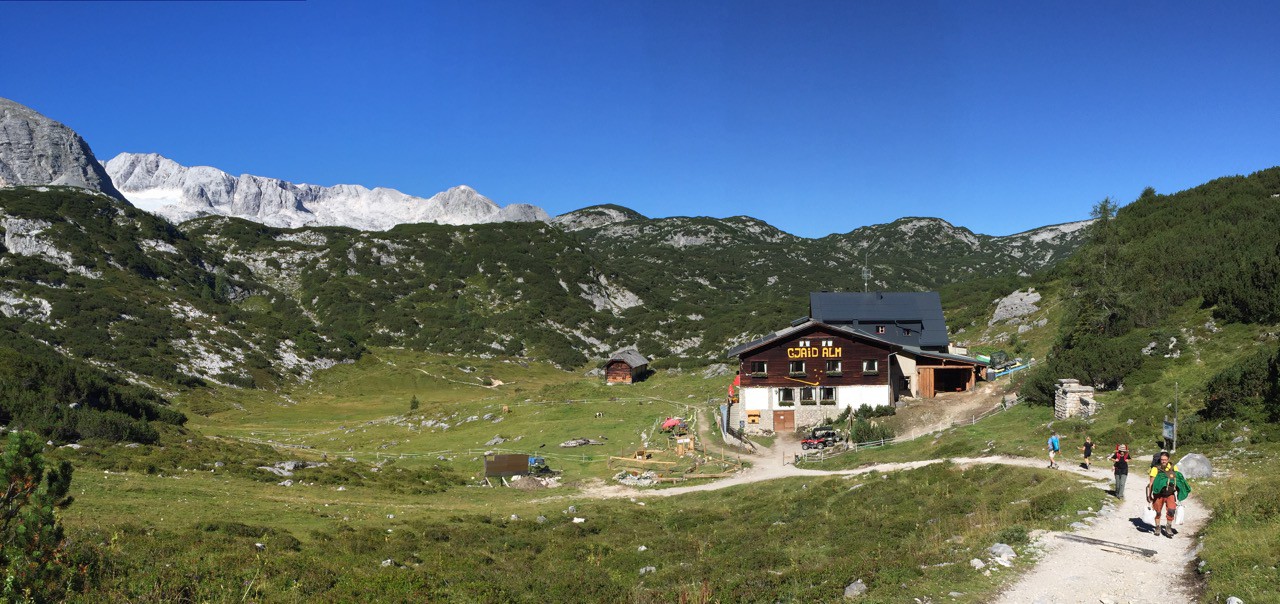
The Gjaid Alm, in the Salzkammergut region, is the site of a Bronze Age pasture, but, these days, tourism business has become more important. The Alm hosts yoga retreats and has a petting zoo for children. It’s a popular stopping point on a long-distance hiking trail in the Salzburg Alps.
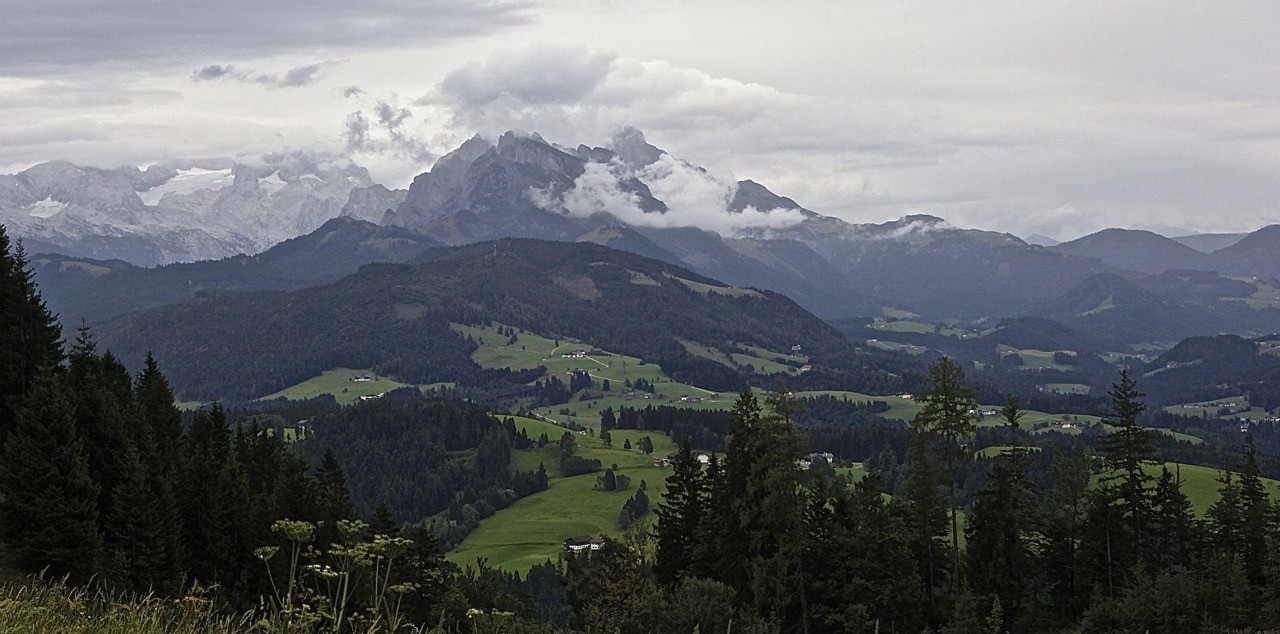
Looking across agriculture landscapes from the Postalm to the Tauern range of the Austrian Alps.
It’s also not going to help Europe meet its goals under the Paris climate agreement, says Faustine Bas-Defossez with the European Environmental Bureau’s policy team. About 10 percent of the European Union’s greenhouse gas emissions are from the agricultural sector, which has lagged in making emissions cuts.
“We’ve been told agriculture has a low mitigation potential, that it’s too costly, too difficult,” Bas-Defossez says, “but if you look at climate and agriculture holistically — soil, biodiversity, water — you can actually reduce your emissions quite a bit and reduce pollution and use of chemical fertilizers and pesticides at the same time. But if you are focused on intensification of the sector and business as usual, then you won’t see the solutions. And most of the E.U. subsidies for agriculture go to the big producers focused on exports, not small mountain farmers.”
But there are successful small-scale initiatives, stories from farmers who focus on regional production and demand who say they weren’t hit all that hard by the 2008 global recession. Adapting production toward local demand and acknowledging that the demand for red meat in Europe is dropping are key stepping stones to progress for European agriculture policy, she says, adding that those steps would also help reduce emissions.
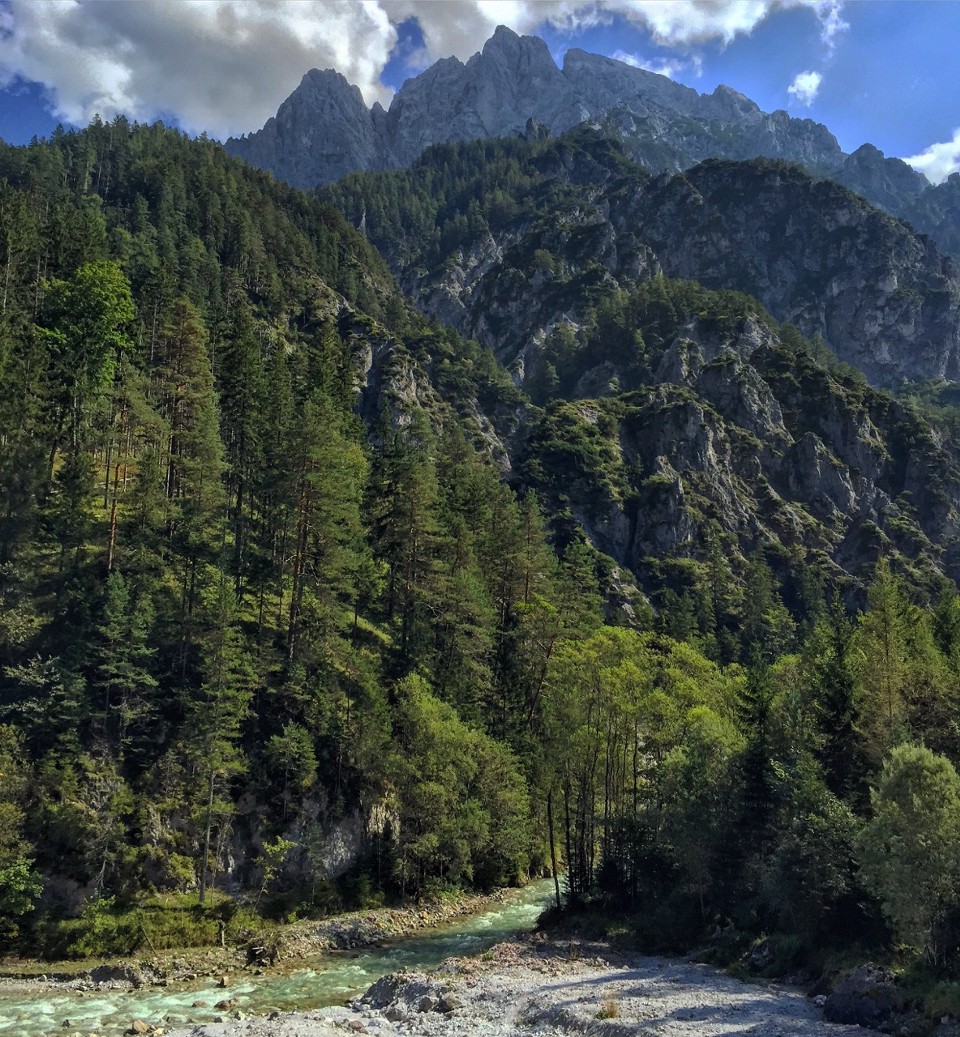
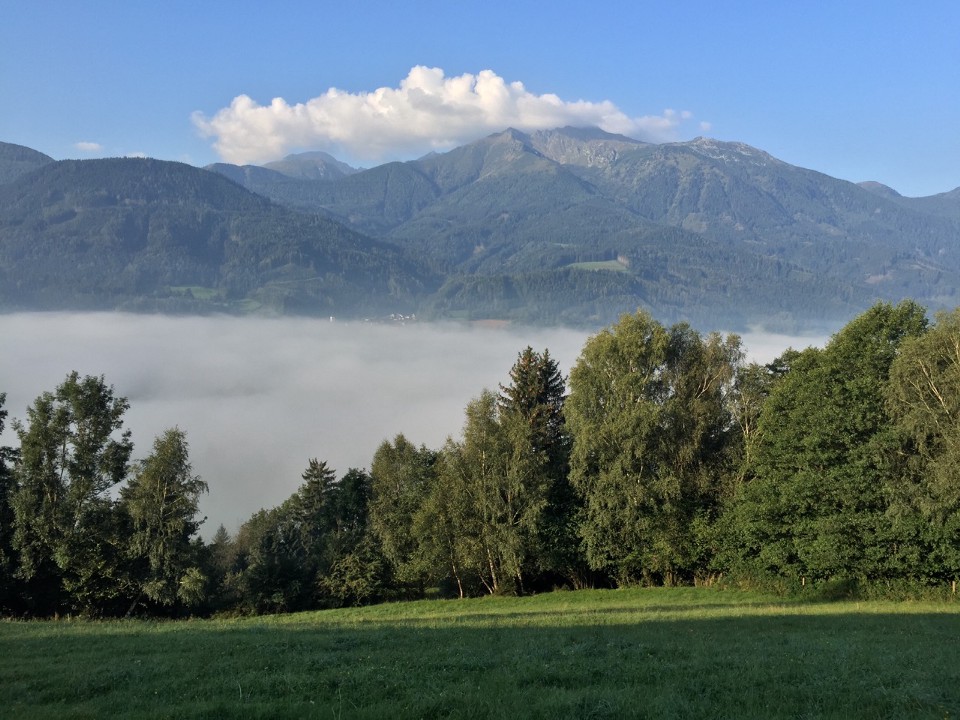
Enroute to the Kölblalm along the Enns River in south-central Austria, limestone crags surround rich meadows.
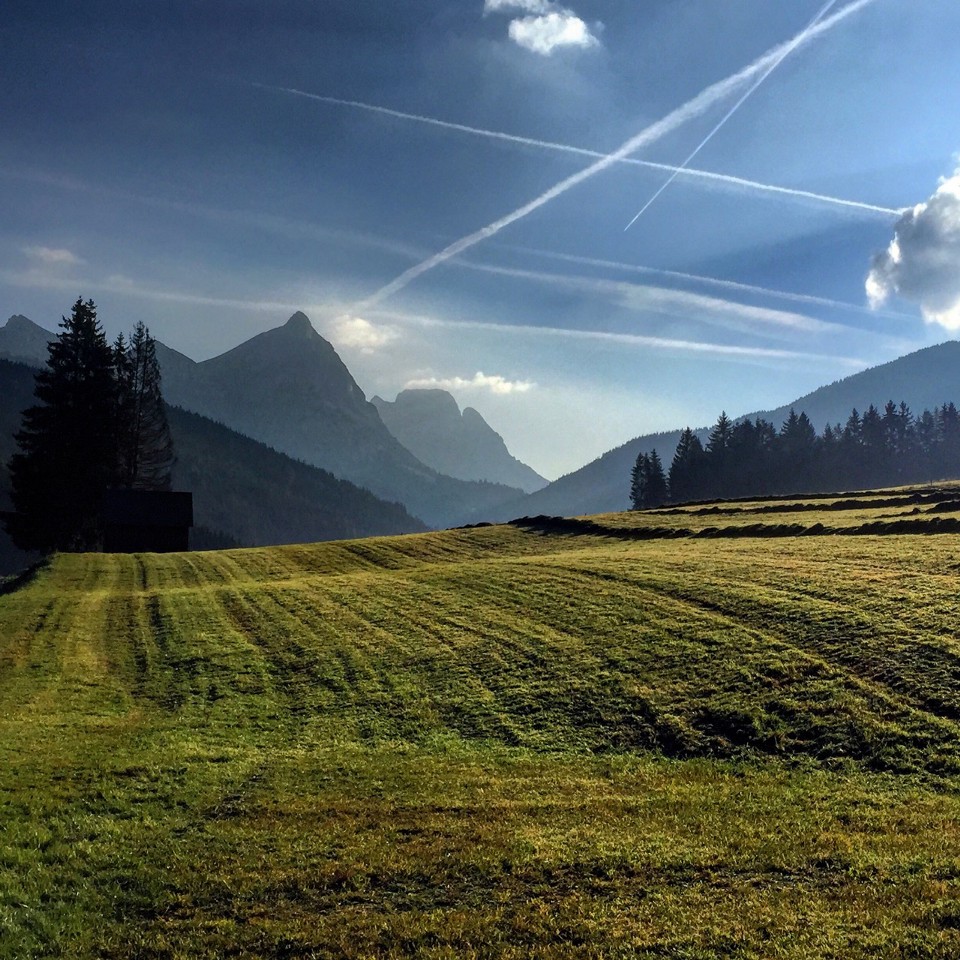
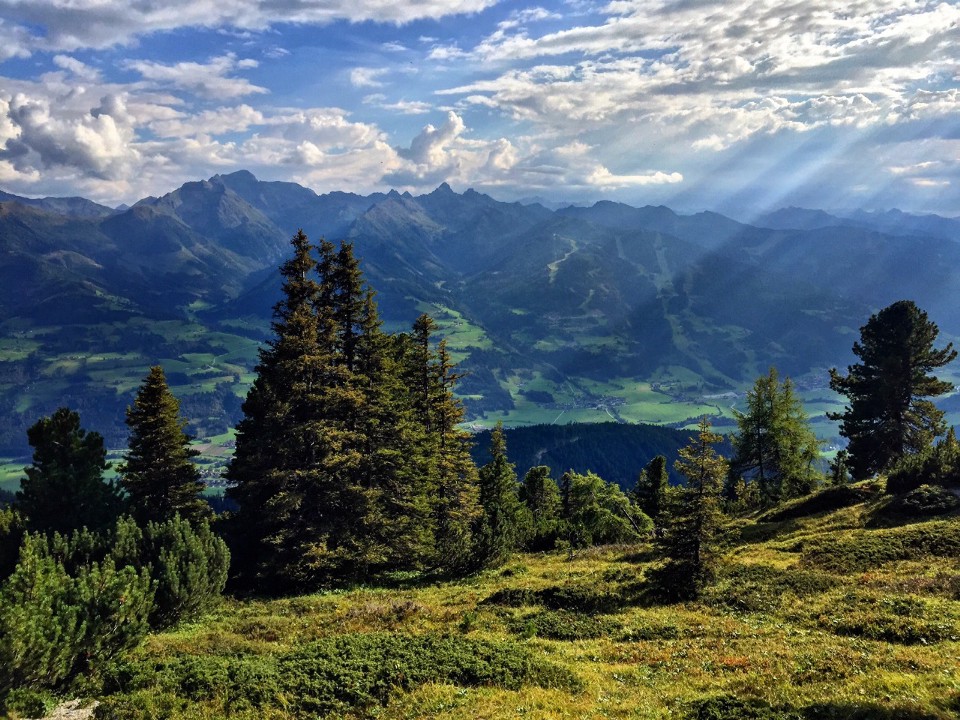
Tended mountain meadows are part of Austria’s cultural identity, and the country places a high value on stewardship of these landscapes.
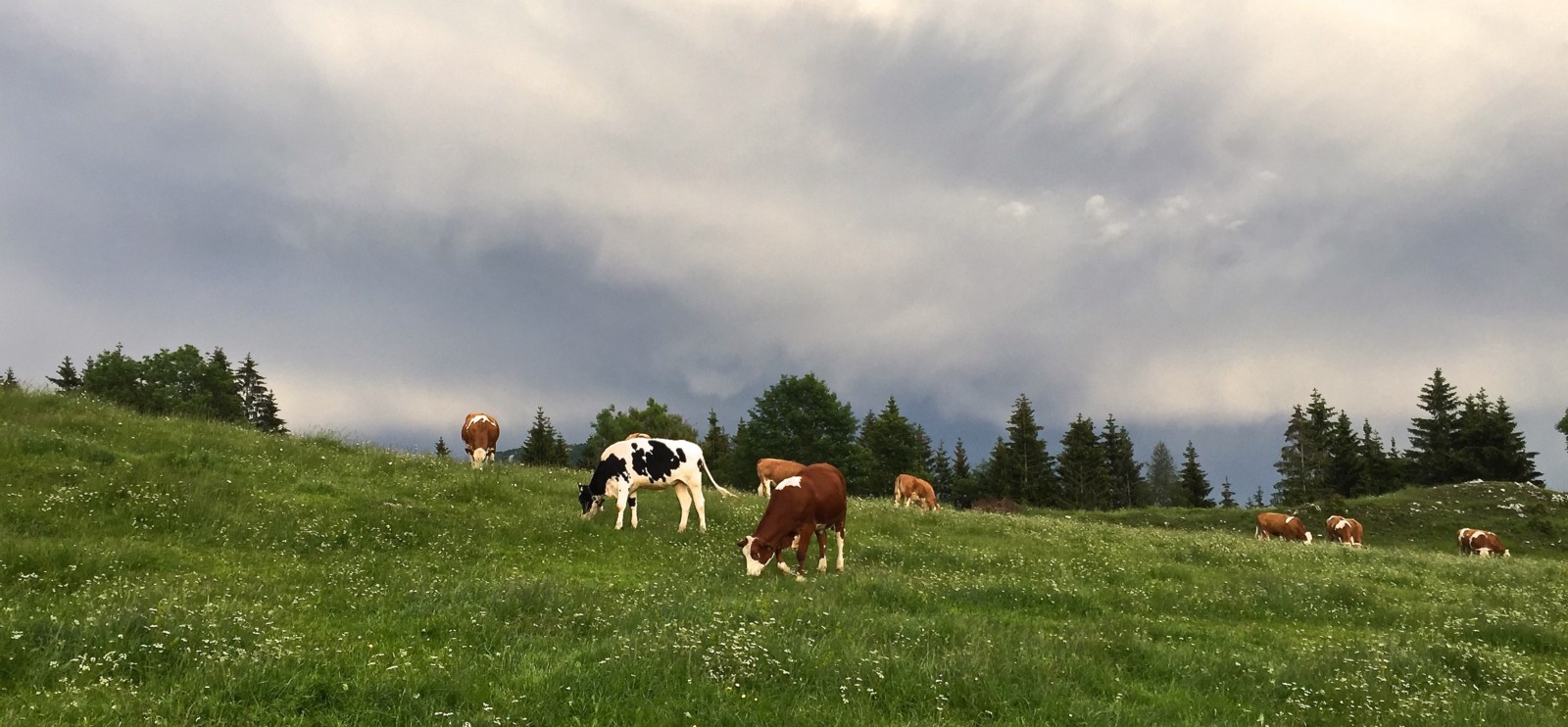
Grazing an Alm beneath a gathering thunderstorm.
“Up in the mountains, with the spicy air and grasses, they produce the best dairy products … farmers are needed to maintain those meadows. If not, they’ll be overgrown with forests in a couple of decades. We have enough forests in Austria. It’s important to maintain the meadows for nature. And it’s important to keep the local economy strong,” Ellmauer says.
He tells me that these high-elevation sites are such a priority in part because they have a lot of cultural and spiritual value in addition to economic benefits.
“You arrive in a world that you thought was long gone,” he says. “The early mountain farmers who homesteaded many of the sites were real pioneers. It took real courage to go into the mountains in the Middle Ages and carve out a living. At the time, some people still thought there were giants, trolls, or monsters living in the caves. The pioneers were the best of the best, the most innovative. They were able to adapt to challenges, figure ways to make things work in a changing world. They were the ones who had a positive vision for the future. We are their genetic relatives, even though they are long gone. If we can stay tuned to their wavelength, maybe we can successfully adapt to the challenges in our future.”
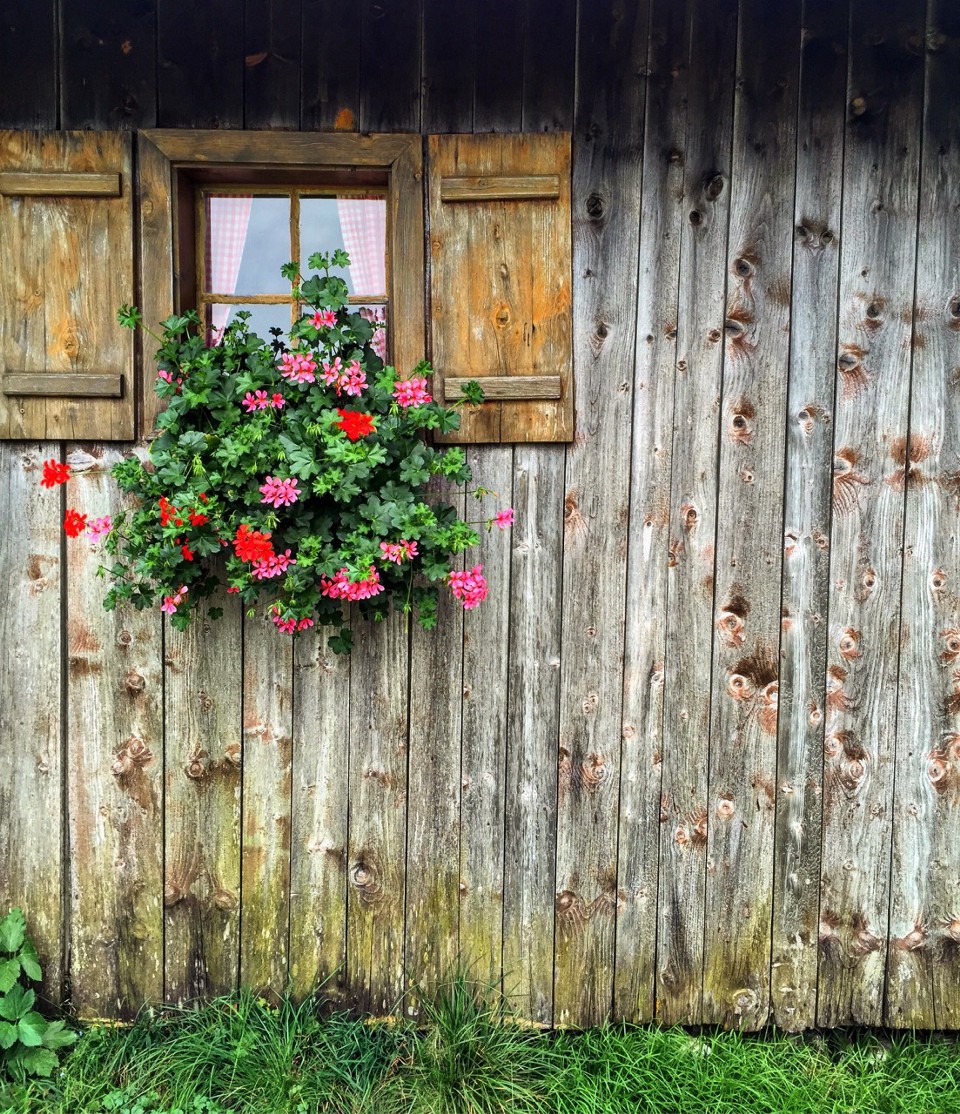
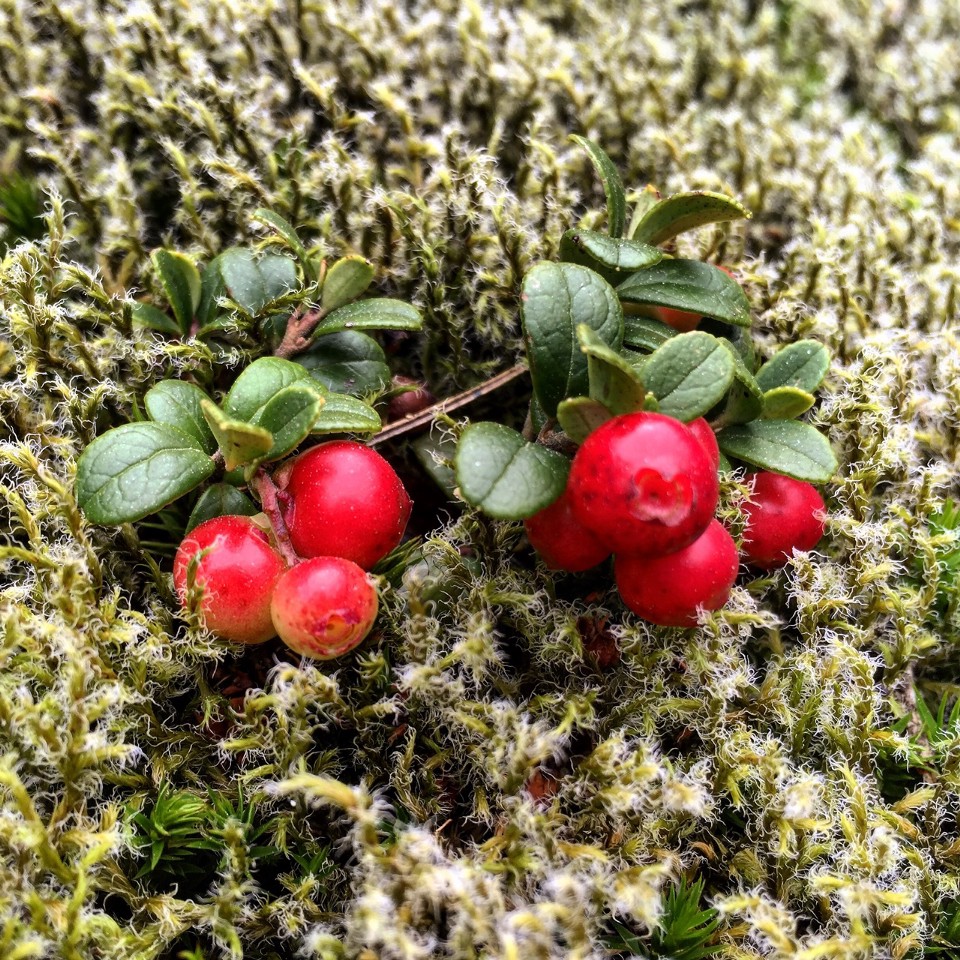
Welcoming geraniums hang on the window of a Alm, and, nearby, wild cranberries thrive in a mossy bog.
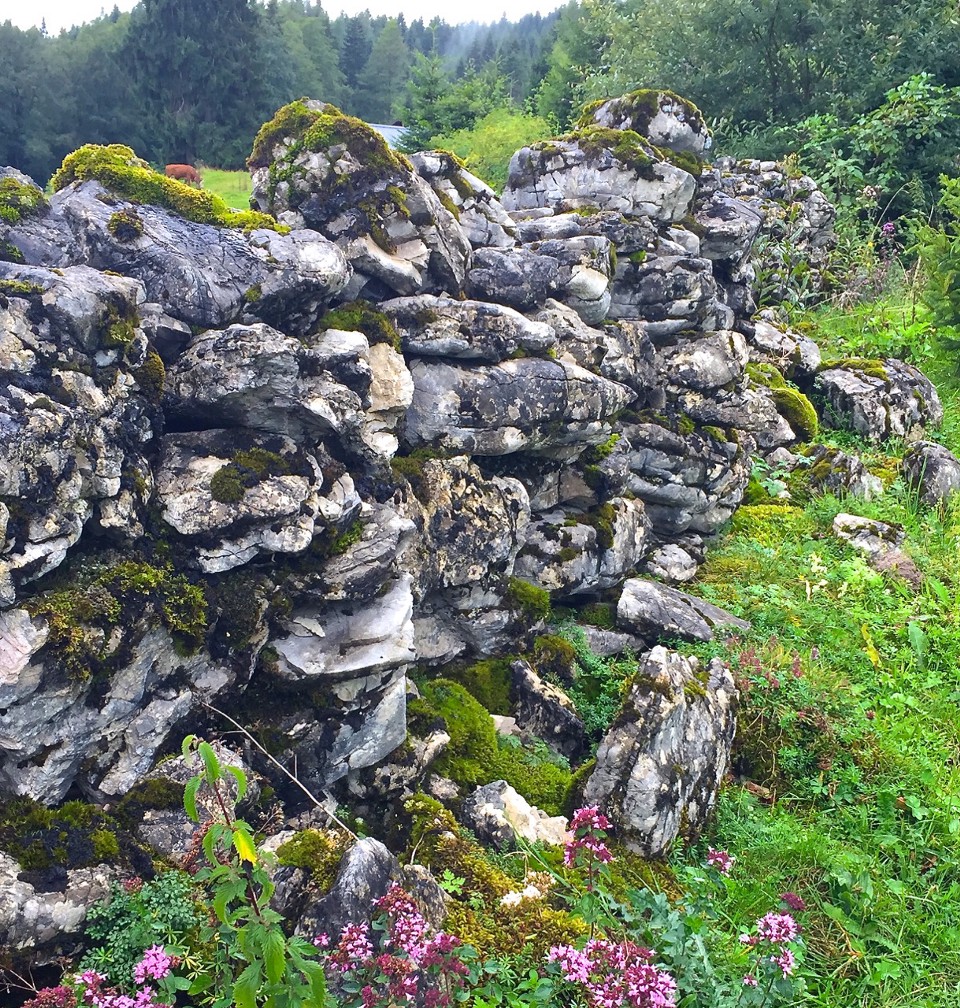
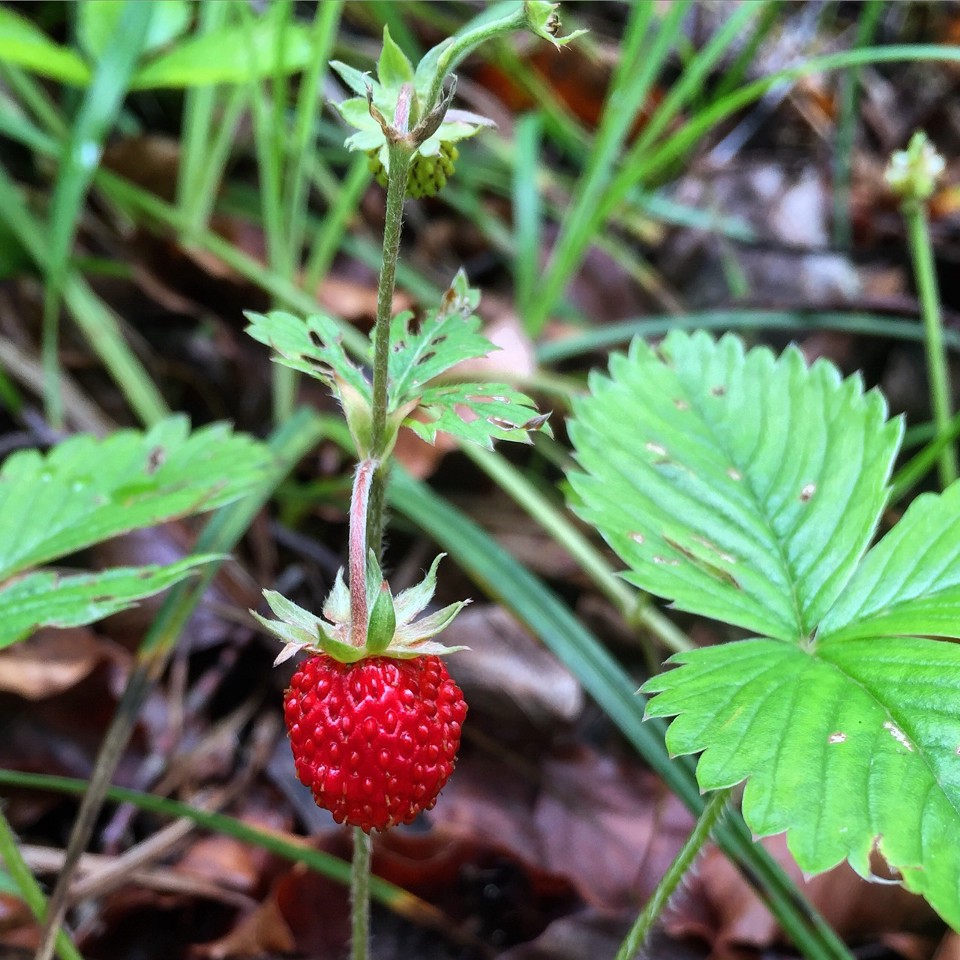
An ancient stone wall marks the edge of a pasture that has been grazed for centuries and harbors fragrant wild strawberries.
This story was made possible in part with support from the Earth Journalism Network& Internews.




